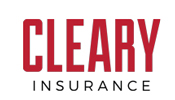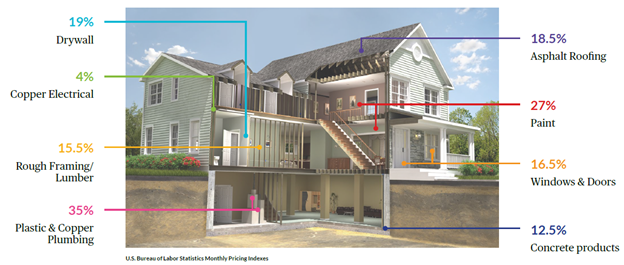April Marks Distracted Driving Awareness Month

The National Safety Council designates April as Distracted Driving Awareness Month. This annual campaign is intended to raise awareness about the dangers of distracted driving and encourage drivers to minimize potential distractions behind the wheel.
Distracted driving contributes to nearly 400,000 injuries and 3,000 fatalities each year, according to the National Highway Traffic Safety Administration.
Distracted Driving Overview
The Centers for Disease Control and Prevention defines distracted driving as any activity that may divert a motorist’s attention from the road. There are three main types of distractions that can interfere with drivers’ attentiveness:
- Visual distractions involve motorists taking their eyes off the road. Some examples include reading emails or text messages, looking at maps or navigation systems, and observing nearby accidents or roadside attractions while driving.
- Manual distractions entail motorists removing their hands from the steering wheel. Key examples include texting, adjusting the radio, programming navigation systems, eating, drinking and performing personal grooming tasks while driving.
- Cognitive distractions stem from motorists taking their minds off driving. Primary examples include talking on the phone, conversing with vehicle passengers and daydreaming while driving.
Regardless of distraction type, distracted driving is a serious safety hazard that causes a significant number of accidents on the road. As such, it’s crucial to take steps to prevent distracted driving.
Prevention Measures
During this annual event and beyond, it’s imperative for businesses to educate their employees about distracted driving hazards and related prevention measures. Specifically, businesses should share the following guidance with their drivers:
- Put phones away. Drivers should silence their phones and store them out of reach to avoid checking them behind the wheel.
- Plan every trip. Before hitting the road, drivers should program their navigation systems and familiarize themselves with their journeys.
- Utilize in-vehicle technology. Drivers should leverage any technology within company vehicles that promotes safe driving, including hands-free communication devices, voice-activated controls and telematics solutions.
- Avoid multitasking. While driving, it’s best for drivers to refrain from completing additional tasks, such as eating or adjusting the radio.
- Stay focused. By keeping distracting conversations to a minimum and looking straight ahead, drivers can fully concentrate on the road.
- Maintain compliance. Drivers should comply with all company policies and applicable laws regarding distracted driving.
Contact us today for additional risk management resources.
The content of this News Brief is of general interest and is not intended to apply to specific circumstances. It should not be regarded as legal advice and not be relied upon as such. In relation to any particular problem which they may have, readers are advised to seek specific advice. © 2025 Zywave, Inc. All rights reserved.









